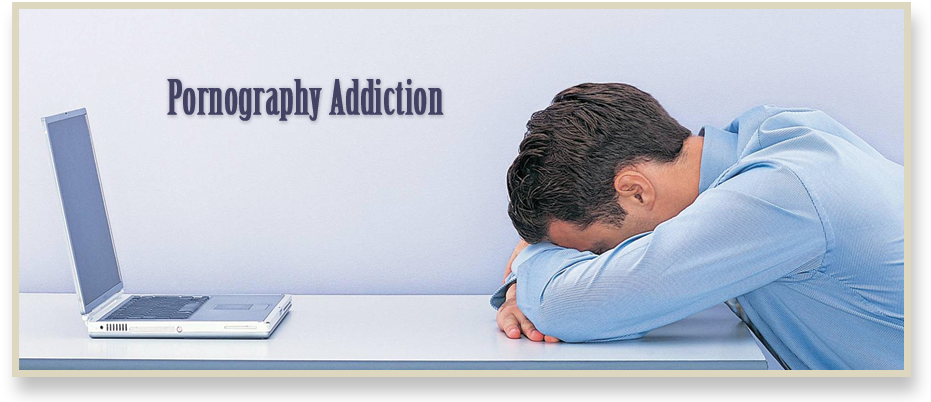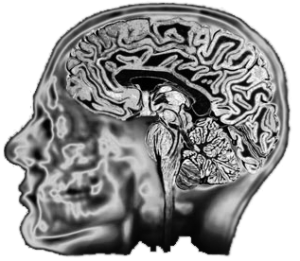What is Sexual Addiction?
The National Counsel on Sexual Addiction and Compulsivity has defined sexual addiction as “engaging in persistent and escalating patterns of sexual behavior acted out despite increasing negative consequences to self and others”. When Patrick Carnes wrote, Out of the Shadows in 1983, he described sex addiction as “a pathological relationship with a mood-altering experience.” The idea was that, people who grow up in difficult family situations often have no one to trust and rely on. Sex, overeating, gambling, alcohol and drug abuse can temporarily provide relief that is dependable. In this way the relationship with the behavior begins and frequently becomes pathological and compulsive. The person can no longer choose the behavior it chooses or controls him/her. In fact, it becomes a priority above family, friends, work and daily responsibilities, even when the risks and negative consequences multiply. A secret life is always necessary. Lies are told daily, isolation is necessary, fear and stress escalate while self-esteem and peace of mind plummet. The shame and loneliness drive the addict to engage in the behavior again and again to relieve the depression, anxiety and stress. The addictive cycle is created and a lot of pain is endured. The pleasure of the sexual act is temporarily numbing and obliterates the pain, loneliness and shame, but the relief never lasts.
In the 1970’s neuroscientists began to study the process by which the brain becomes addicted to certain substances (alcohol, drugs) and behaviors (sex, gambling). They found that certain chemicals in the brain increase during sexual arousal, drug and alcohol use, gambling and other pleasurable activities. The main neurochemical of pleasure is dopamine. When dopamine levels go up in the brain we feel less stressed, more energetic, and notice significant mood elevation, even euphoria. This is often referred to as “the high”. Sexual behavior, like cocaine use is definitely “high inducing”. But getting high is never static; tolerance develops. Tolerance is defined as a need for increased amounts, intensity and frequency of sexual activity to achieve the desired effect. There is also a diminished effect with continued use of the same amount, intensity and frequency of sexual behavior. The compulsion for more sex with increased frequency and intensity is a hallmark characteristic of sexual addiction.
Sexual addiction is a complex addiction, but there is hope and help. In fact, getting sober is relatively easy. You have probably done it a thousand times. You tell yourself that you will never act out again and days or weeks may pass where you are able to keep this promise. “Promises to yourself never work.” (P. Carnes, PhD)
Life gets stressful, you feel anxious, angry and unloved. It is easy to go back one more time. Thus the cycle continues. Staying sober is difficult. That is really what recovery from sexual addiction or any addiction is about, staying sober.
There is help! As a Licensed Professional Counselor of Oregon and a Certified Sexual Addiction Therapist I completed a long and rigorous training program developed by Dr. Patrick Carnes, which required attendance at multiple training modules and supervision with a CSAT Supervisor. I am also required to attend ongoing educational programs in the field to assure that I remain an expert in providing sexual addition therapy. Learn more about the treatment of sex addiction at http://www.sexhelp.com . If you are the partner of a sexual addict, take the Partner Sexuality Survey at http://www.recoveryzone.com . You will find me on both these sites under Find a Therapist. I am licensed and certified by the International Institute of Trauma and Addiction Therapists as well as the Board of Licensed Professional Counselors of Oregon.




